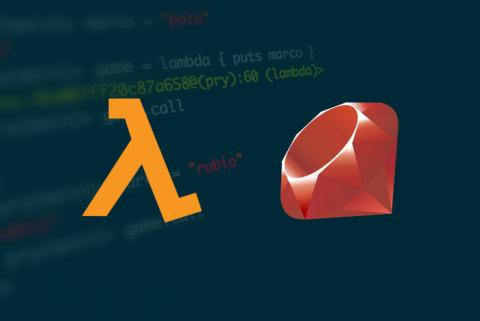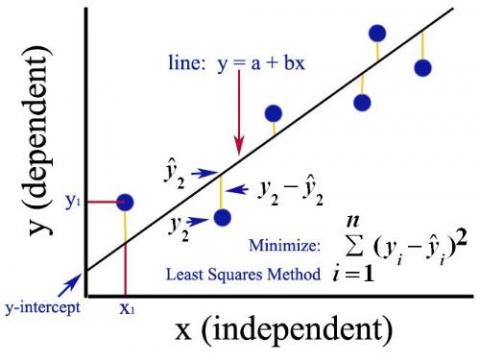A Tour of 7 Popular Ruby Frameworks in 2020
Ruby may be over 25 years old, but it remains popular in the software community for its focus on programmer happiness. Building software with Ruby often involves leveraging one or more popular frameworks for the purpose of increasing productivity by relying on existing solutions to common problems. Ruby frameworks generally fall into two categories: web-facing frameworks and background job frameworks.









